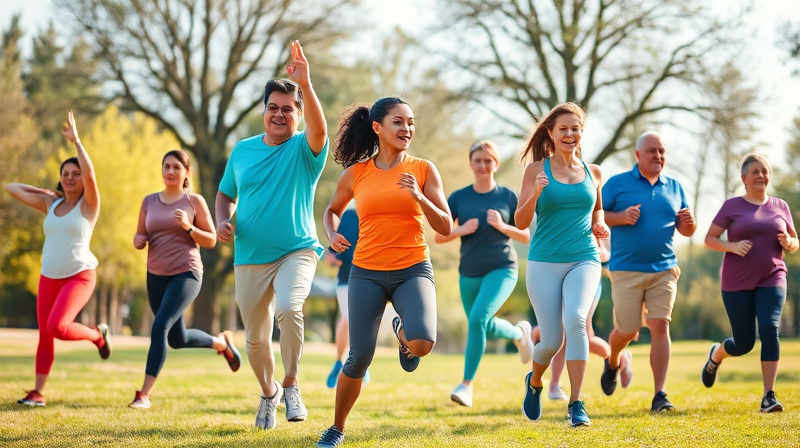In today’s competitive sports world, recovery is evolving to embrace not only physical rehabilitation but also mental and emotional well-being. Restorative practices are transforming how athletes rebuild both body and spirit. With an approach that values community, dialogue, and understanding, athletes are discovering that recovery done right means healing holistically. By integrating these practices, sports programs are witnessing unprecedented improvements in team cohesion and personal growth.
Recent developments have introduced restorative practices into mainstream athletic routines. From professional sports leagues to high school teams and universities, this trend is reshaping athletic support systems to be more inclusive and effective. The focus now is not merely on winning games but also on building character and resilience through meaningful connections.
The Evolution of Athlete Recovery
Historically, recovery in sports centered around rest and physical therapy. Today, however, a more holistic approach is being embraced. This approach integrates mental health, emotional balance, and an enriched sense of community support into athletic programs.
Coach Kelvin Lee’s work at University City High School is a prime example of this transformative change. Facing a challenging season, his team, once marred by disciplinary issues, turned to restorative methods. By addressing underlying tensions through close, honest dialogue and using techniques like "circling up," the team began to express issues constructively and build mutual trust.
This method called "circling up" allows teammates to speak freely about concerns, paving the way for resolution and growth. The practice is not about pointing fingers but about creating space for shared accountability and collective progress. Restorative practices enable athletes to understand each other better and foster an environment where everyone feels valued and empowered.
Organizations such as Major League Soccer are beginning to integrate these principles into their programs. This adoption by respected institutions signals a significant shift in how recovery is perceived across the sports industry. When influential bodies endorse such practices, it validates the approach and encourages widespread implementation.
Benefits Backed by Research
A growing body of research supports the benefits of restorative practices. Studies indicate that these methods may reduce misbehavior and discipline rates while also promoting better academic and personal outcomes in athletes. Notably, research involving schools has shown improvements in academic performance and significant reductions in suspension rates. While these studies emerged from educational settings, the implications extend to athletic environments where discipline and focus are integral to success.
There are several key findings to note from this research. First, restorative practices help in fostering positive behavioral changes. Second, they reduce disciplinary actions by encouraging open communication and understanding. Third, these practices are particularly effective in narrowing gaps in performance and behavioral discipline among diverse groups.
- Enhanced Communication: Facilitating honest dialogue among team members builds trust.
- Team Cohesion: These practices help unify athletes, contributing to a stronger and more resilient team dynamic.
- Improved Performance: When athletes feel supported both mentally and emotionally, their on-field performance improves significantly.
Institutions like the University of Guelph have embraced formal restorative frameworks. Their Restorative Justice Design Process includes engagement with students, alumni, and athletic staff to learn from previous experiences. This process is designed to inform better practices that support both current and future athletes. This collaborative approach acts as a model for how other institutions might integrate restorative methods into their own athletic cultures.
The success of restorative practices is a call to coaches and organizational leaders. As sports programs look to reform and refine their approaches, it's crucial to ask the right questions about how to integrate effective recovery strategies. Considerations include how best to adapt these practices to various athletic contexts, what challenges might typically arise in implementation, and what support systems are necessary for sustainable success.
By asking these questions and actively seeking solutions, sports organizations can develop a robust framework that not only supports physical recovery but also nurtures the mental and emotional strength of athletes. The future of sports recovery hinges on this expanded view—one where holistic well-being is interwoven with high performance and competitive success.
In conclusion, the shift towards restorative practices in sports marks an important transformation in athletic recovery. The integration of these approaches across different levels of sport underscores the belief that recovery is most effective when it is comprehensive. Healing the whole athlete leads to better personal achievements, improved team dynamics, and ultimately more successful performance on the field.
As more organizations begin to appreciate the benefits of restorative practices, a new era in sports recovery is emerging. This evolution stands as an inspiring reminder that recovery done right can unlock potential, transform lives, and elevate the overall culture of sports.








